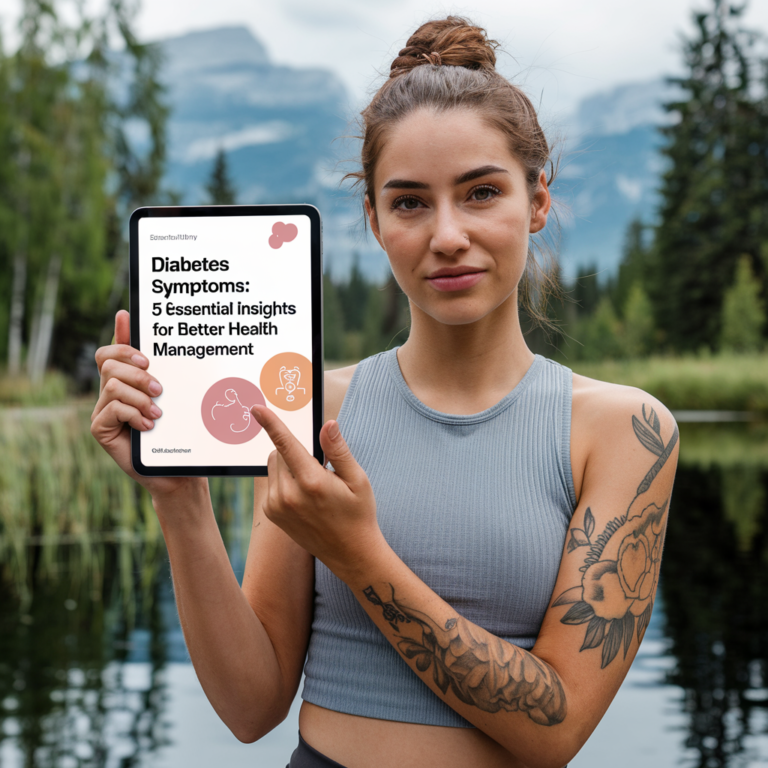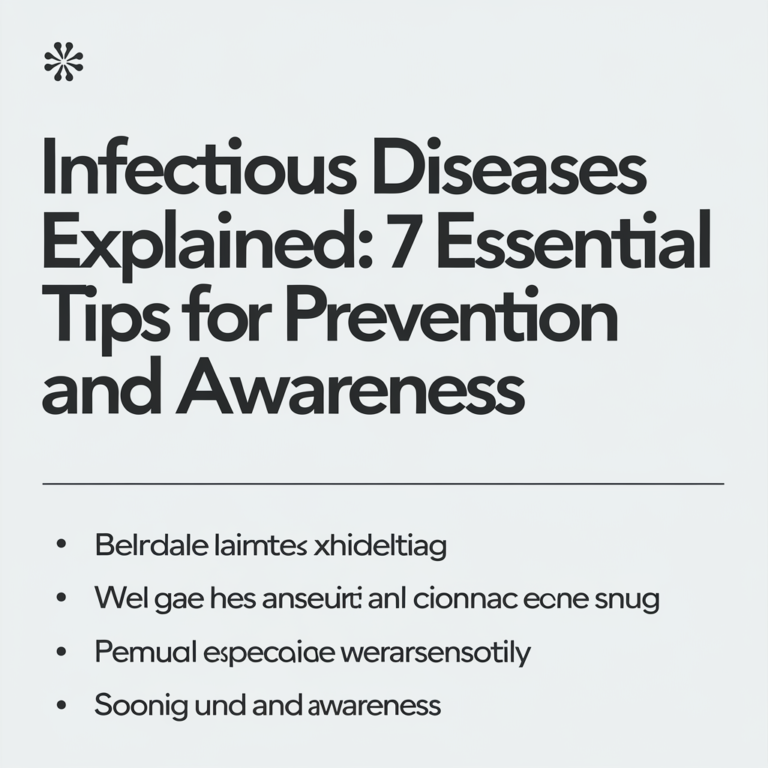
"Empower yourself with the facts about infectious diseases and effective prevention methods!"
Infectious diseases are a significant global health concern, affecting millions of people each year. These ailments are caused by pathogenic organisms, such as bacteria, viruses, fungi, and parasites, that invade the body and disrupt normal bodily functions. In this article, we will explore the nature of infectious diseases, how they spread, and the measures we can take to prevent and treat them.
What Are Infectious Diseases?
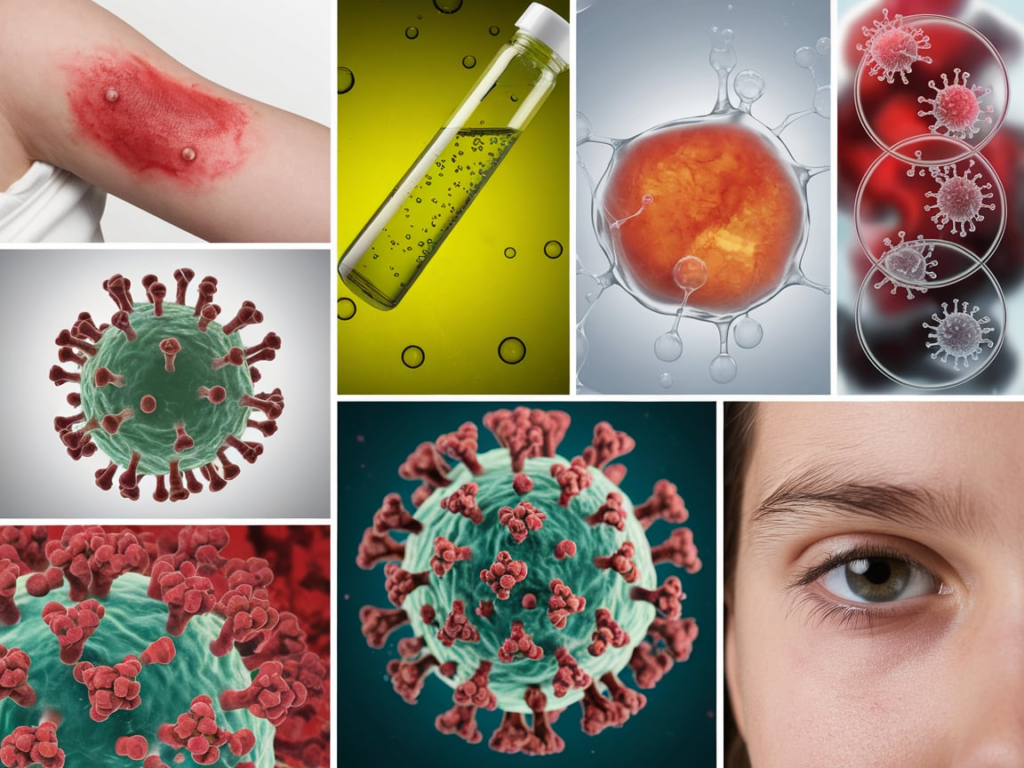
Infectious diseases encompass a broad range of illnesses, from the mild and self-limiting, such as the common cold, to severe and potentially fatal diseases like HIV/AIDS or Ebola. The World Health Organization (WHO) provides a comprehensive overview of various infectious diseases here.
- Bacterial Infections: Caused by bacteria, these infections can range from mild, such as strep throat, to severe, such as tuberculosis or bacterial meningitis. The Centers for Disease Control and Prevention (CDC) offers extensive resources on bacterial infections here.
- Viral Infections: Viruses are even smaller than bacteria and require a host cell to reproduce. Common viral infections include the flu, the common cold, and more serious diseases like COVID-19 and hepatitis. The CDC provides information on viral infections and vaccinations here.
- Fungal Infections: These can affect various parts of the body, including the skin, lungs, and bloodstream. Fungal infections can range from superficial (like athlete’s foot) to systemic (like candidiasis). For more on fungal infections, check the CDC’s resource here.
- Parasitic Infections: Parasites, such as those causing malaria or giardiasis, thrive on or in a host organism, often leading to a range of symptoms. The WHO provides information on parasitic infections here.
How Do Infectious Diseases Spread?
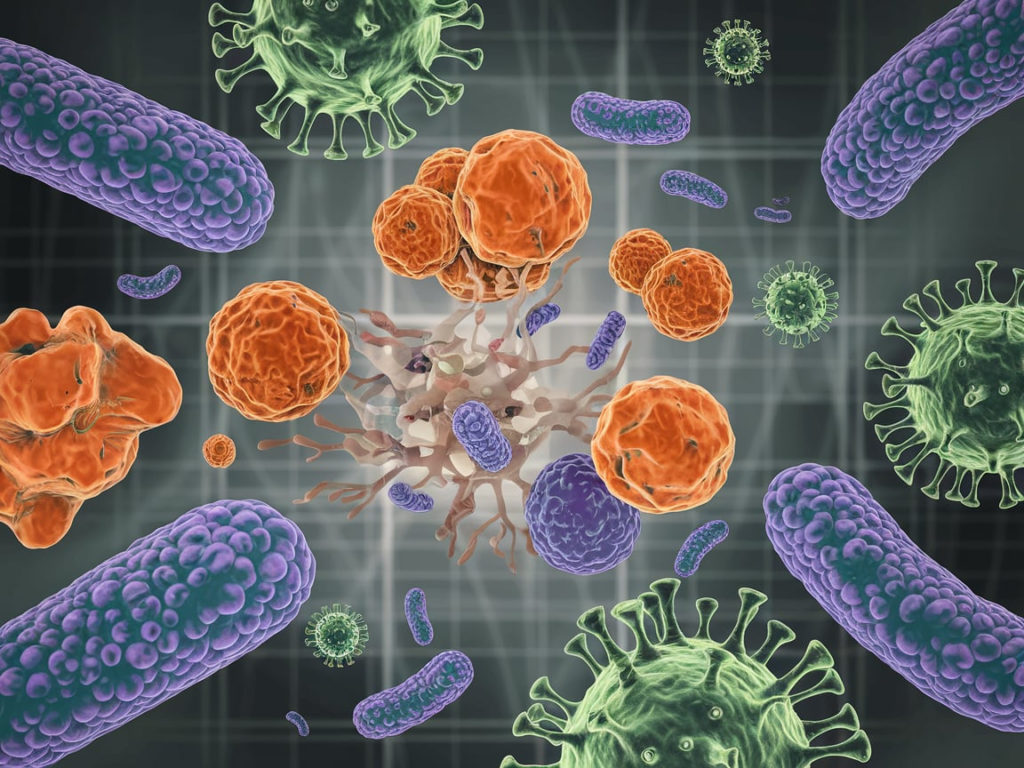
Understanding how infectious diseases spread is essential for prevention. There are several primary modes of transmission:
1. Direct Contact
Direct contact transmission occurs when an infected person touches or comes into close physical proximity to another person. Diseases such as influenza and the common cold often spread through direct contact. The CDC explains this mode of transmission here.
2. Airborne Transmission
Airborne transmission involves pathogens that are carried on tiny droplets or particles in the air. When an infected person coughs, sneezes, or even talks, they can release these droplets into the environment, potentially infecting others nearby. Measles and tuberculosis are examples of diseases that spread through airborne transmission. Learn more about airborne diseases here.
3. Contaminated Surfaces
Pathogens can survive on surfaces for varying amounts of time. Touching contaminated surfaces and then touching the face can introduce pathogens into the body. Regular cleaning and disinfecting surfaces can help mitigate this risk. For guidelines on cleaning and disinfecting, visit the CDC here.
4. Food and Water
Foodborne and waterborne illnesses occur when contaminated food or water is consumed. Pathogens such as Salmonella or E. coli can cause severe gastrointestinal symptoms. The CDC offers resources on food safety here.
5. Vectors
Some infectious diseases are transmitted through vectors, which are organisms that carry and spread pathogens. For example, mosquitoes transmit malaria and dengue fever, while ticks can spread Lyme disease. Vector control strategies are vital in areas where these diseases are prevalent. More information can be found here.
The Role of the Immune System

The body’s immune system plays a crucial role in defending against infectious diseases. It comprises various cells and organs that work together to recognize and destroy pathogens. When a pathogen invades, the immune system mounts a response that can involve:
- Innate Immunity: This is the body’s first line of defense, providing immediate, but non-specific, responses to pathogens. Components include physical barriers (like skin), phagocytes (cells that engulf and digest pathogens), and inflammatory responses.
- Adaptive Immunity: This system develops a targeted response to specific pathogens. It involves the activation of lymphocytes (B cells and T cells), which can remember previous infections and respond more effectively upon subsequent exposure. For more about the immune system, check out the NIH resource here.
Vaccination is a critical tool in enhancing adaptive immunity. Vaccines expose the immune system to harmless components of a pathogen, allowing it to recognize and fight off the real pathogen if encountered later.
Prevention and Treatment of Infectious Diseases
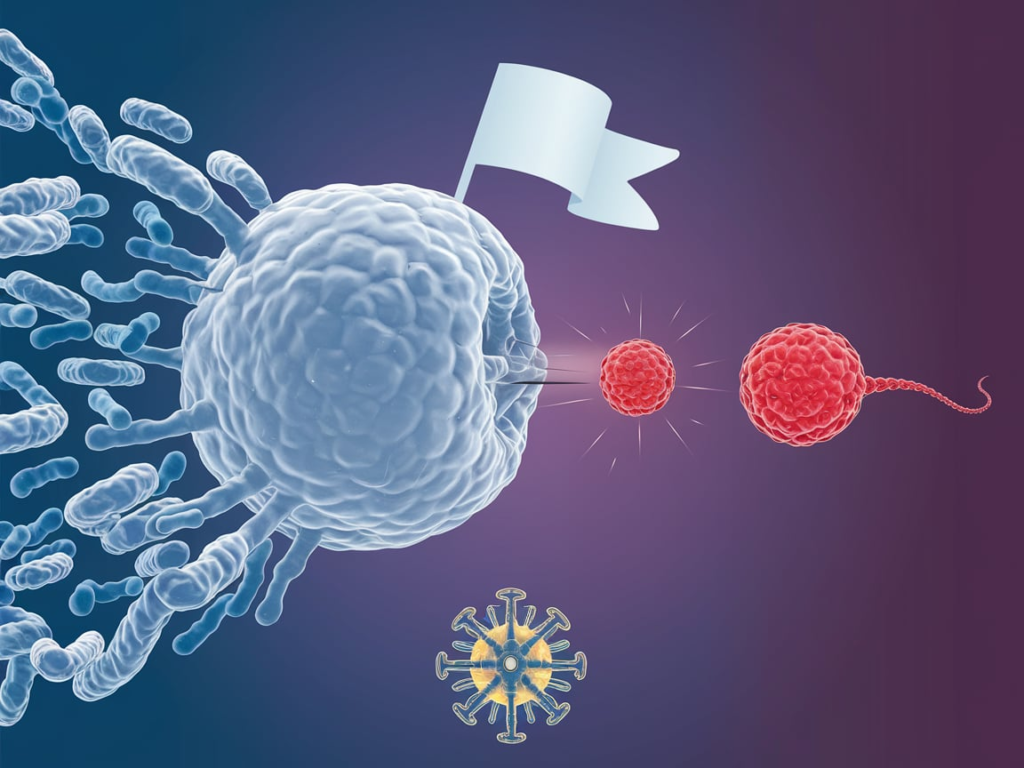
Preventing infectious diseases is often more effective than treating them after they occur. Here are several key strategies for prevention:
1. Vaccination
Vaccination is one of the most effective ways to prevent infectious diseases. Vaccines help prepare the immune system to recognize and combat specific pathogens. Routine vaccinations, such as those for measles, mumps, rubella, and influenza, have dramatically reduced the incidence of these diseases in many parts of the world. The WHO provides information on vaccination schedules here.
2. Hygiene Practices
Good hygiene is essential in preventing the spread of infectious diseases. Regular handwashing with soap and water, particularly before eating and after using the restroom, can significantly reduce transmission. Additionally, practicing respiratory hygiene—such as covering the mouth and nose when coughing or sneezing—can help prevent airborne diseases. For more hygiene tips, visit the CDC here.
3. Safe Food Handling
Preventing foodborne illnesses involves proper food handling, storage, and cooking. This includes washing hands before and after handling food, cooking meats to the appropriate temperatures, and ensuring that food is stored at safe temperatures to prevent bacterial growth. Learn about safe food handling practices here.
4. Education and Awareness
Public health education campaigns play a vital role in preventing infectious diseases. Informing communities about how diseases spread and the importance of vaccination, hygiene, and early treatment can empower individuals to take proactive measures to protect themselves and others.
5. Antimicrobial Treatments
When infections do occur, early diagnosis and appropriate treatment are essential. Bacterial infections may require antibiotics, while antiviral medications can be used for viral infections. Fungal and parasitic infections have their own specific treatments. However, it is crucial to use antibiotics responsibly to combat the growing issue of antibiotic resistance. The CDC has a comprehensive resource on antibiotic resistance here.
Conclusion
Infectious diseases pose a continuous challenge to global health, but understanding their nature, transmission, and prevention can empower individuals and communities to protect themselves. By prioritizing vaccination, hygiene, safe food practices, and public education, we can significantly reduce the burden of these diseases. As research and medical advancements continue, we are better equipped than ever to combat infectious diseases and safeguard our health.
Meta Description
Explore the world of infectious diseases, their transmission methods, and effective prevention and treatment strategies. Learn how to protect yourself and your community from pathogens with this informative guide.
